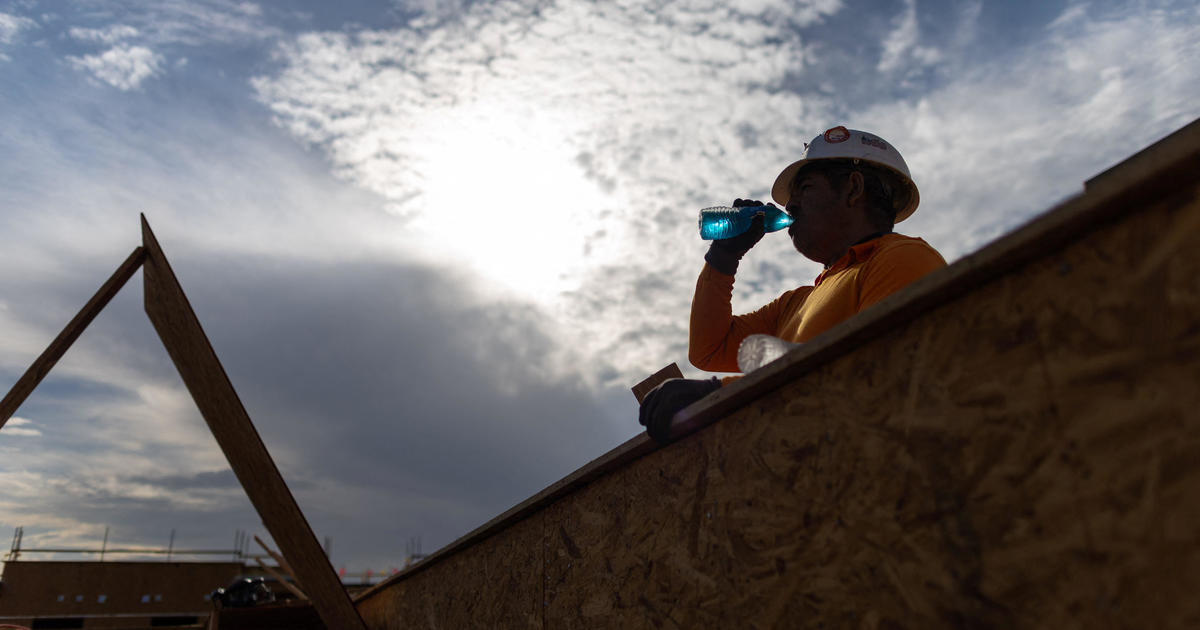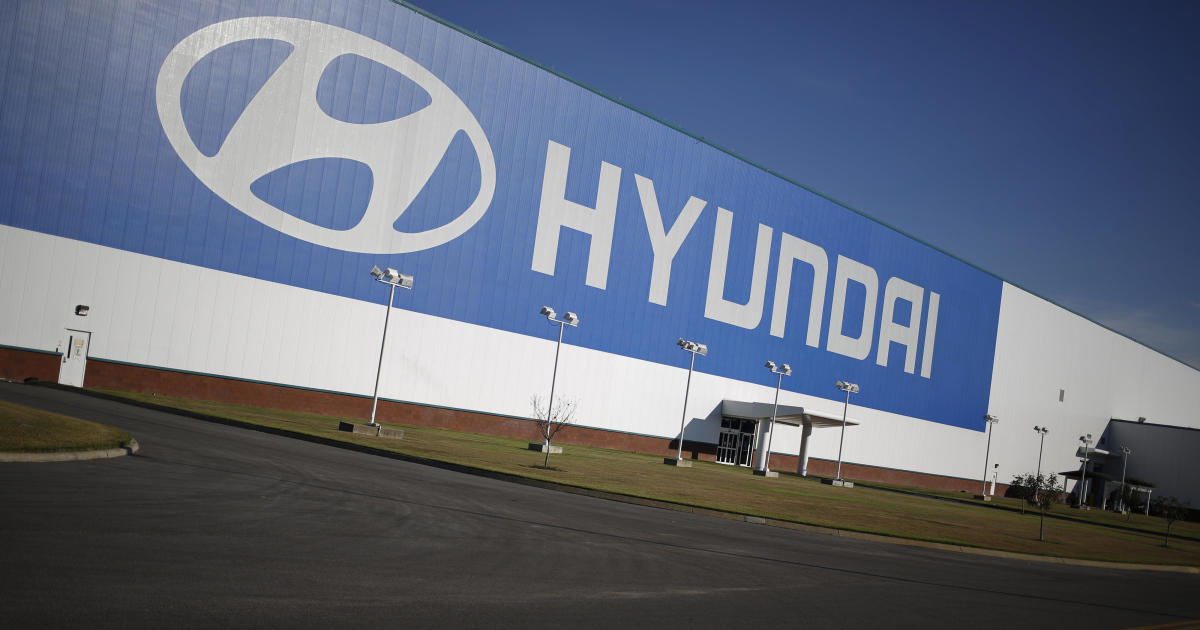How clean energy demand could fuel conflict in Congo
If there were ever a time to mass-produce solar energy, it's right now, according to the U.N. To stave off the most catastrophic effects of global warming, the world needs to rapidly shift away from fossil fuels and into large-scale solar, wind and energy storage, the U.N.'s Intergovernmental Panel on Climate Change said this week.
But if the clean-energy boom isn't managed carefully, it could fuel mineral conflicts in developing countries. That's according to a recent report from the International Institute for Sustainable Development, which urges governments and corporations to source minerals responsibly to avoid "grievances, tensions and conflict."
Solar panels, wind turbines, electric cars and batteries are all high-tech devices, and like other technology, they rely on tiny amounts of rare minerals to work. Elements like cadmium, selenium and cobalt, as well as the base metals that go into these technologies, are often concentrated in countries with weak central governments, rampant poverty and other conditions that have fueled war or worker exploitation.
Without action from governments and corporations, these have the potential to become modern-day blood diamonds, the report warns.
"It's inevitable, we're going to need a lot more wind turbines and solar panels," said Alec Crawford, a senior researcher at the IISD and a co-author of the report. "We have to think carefully from a government perspective, corporate perspective, how we're going to get those minerals."
Take cobalt: It's a critical element in most modern electronics, appearing in three-quarters of batteries used in electric vehicles. Nearly half the world's cobalt reserves are found in the Democratic Republic of Congo, where it has been linked to violence and child labor so often that it has been compared to blood diamonds. In just over a decade, demand for the mineral could multiply by a factor of 40, Bloomberg estimated.
"As we see an explosion in energy storage and electric vehicles, the demand for cobalt is going to increase," said Crawford. "Any of that sourcing has to be done in as responsible a way as possible to avoid fueling conflict."
Luckily, a new process for ethical sourcing of minerals doesn't have to be invented, Crawford added. These methods already exist and are used, to varying degrees, in the supply chains of companies like Apple or retailer Patagonia. The Solar Energy Industries Association, a trade group, already endorses the use of conflict-free minerals in its guide for installers.
Perhaps more important, renewable-energy researchers are aware of the potential problems with certain minerals and consider them when deciding what materials to develop.
"This is now a widely discussed, well-known issue," said Chris Leighton, a distinguished professor at the University of Minnesota who studies electronic and magnetic materials.
"Everybody, I think, is in agreement that solar will be part of the portfolio of renewable energy sources in the future," said Leighton. "So what are the best materials to use on very large scales?"
Currently, two out of the three primary methods of making solar photovoltaic cells rely on minerals that are rare, concentrated in conflict zones and potentially depleted. A third method uses silicon -- a widely available and nontoxic substance. But the challenge with using silicon, Leighton added, is figuring out how to process it cheaply.
"Developing the 'magic bullet' material that gives high efficiency at low cost, from nontoxic and earth-abundant elements is a real challenge," he said.



